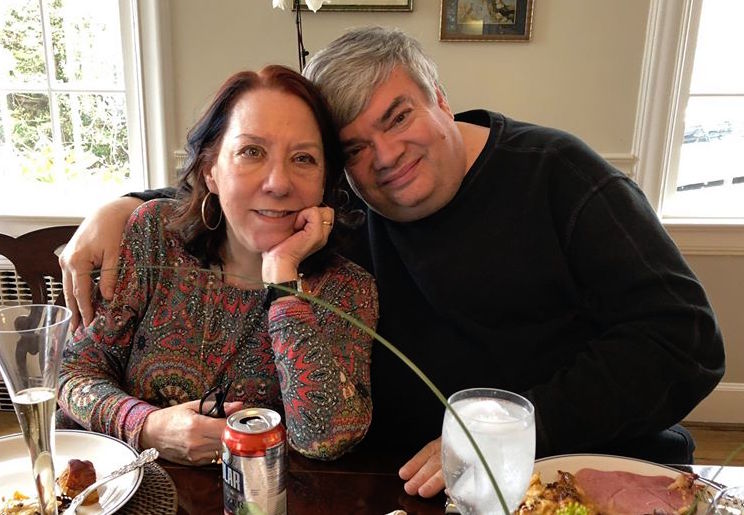
In the video below, Mako tells more about the Hilary Teachout Grant:
Terry Teachout on the arts in New York City

In the video below, Mako tells more about the Hilary Teachout Grant:
In this week’s Wall Street Journal “Sightings” column I discuss Frank Sinatra’s little-remembered career as a part-time orchestral conductor. Here’s an excerpt.
* * *
Most people think, with very good reason, that Frank Sinatra was the best popular singer, as well as the best interpreter of the Great American Songbook, who ever lived. Save for a few voice lessons, he was also self-taught and had no musical training of any kind, which makes it all the more remarkable that when not singing, he dabbled in conducting—and was singularly good at it, too….
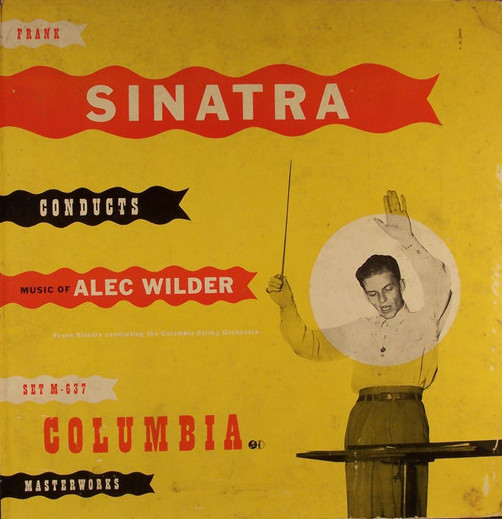
Comparatively few of Sinatra’s latter-day fans, however, know about this side of his musical personality, for he was too modest about his conducting to regularly feature himself in that capacity. Fortunately, he did record seven albums as a conductor, one of which, Peggy Lee’s “The Man I Love,” is widely regarded as the finest record she ever made. In addition, he conducted on TV at least twice, in 1958 and 1980, and these clips, which have been uploaded to YouTube, will make clear to anyone who has played in an orchestra that Sinatra, trained or not, was fully in charge of the proceedings.
If you’re skeptical…well, you should be. Orchestral conducting simply isn’t an amateur’s game, especially when the amateur in question can’t even read music. But Sinatra did have the self-confidence necessary to persuade a roomful of hard-boiled professional instrumentalists to do his bidding, and many a well-paid symphonic conductor has skated by on scarcely more than that. As the violinist Carl Flesch observed, conducting is “the only musical activity in which a dash of charlatanism is not only harmless, but positively necessary.” More important, he also had an acutely sensitive ear, as well as the innate ability to use manual gestures to make his musical wishes known. Some have it, most don’t. Sinatra had it in spades: Like Arturo Toscanini, no sooner did he step onto a podium than he knew what to do….
* * *
Read the whole thing here.“We’ll Be Together Again,” by Carl Fischer and Frankie Laine, performed by Frank Sinatra on The Frank Sinatra Show. This episode was originally telecast by ABC on May 9, 1958:
Sinatra leads the Columbia Chamber Ensemble in a performance of Alec Wilder’s Air for English Horn recorded in 1945. The soloist is Mitch Miller:
Peggy Lee sings “The Folks Who Live on the Hill,” by Jerome Kern and Oscar Hammerstein II, in 1957. The song was arranged by Nelson Riddle and the performance was conducted by Sinatra:
George Van Eps plays “The Boy Friend” and “I’ve Got a Crush on You” on his specially made seven-string electric guitar in a 1987 telecast:
(This is the latest in a series of arts- and history-related videos that appear in this space each Monday, Wednesday, and Friday)
William Shakespeare, Richard II
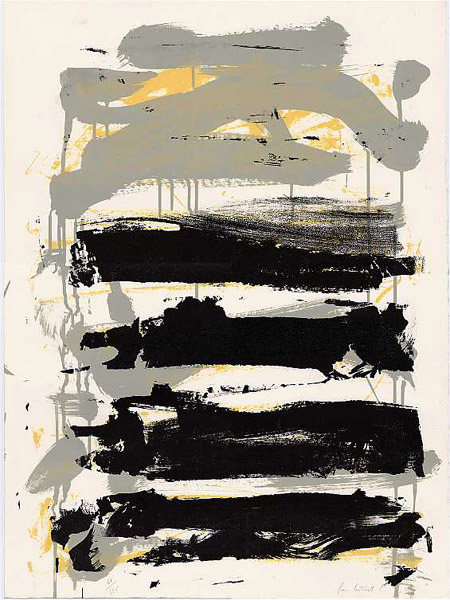
“The Paintings of Joan Mitchell” is the first large-scale Mitchell retrospective to be presented here, or anywhere. Unlike many such shows, it’s a treat, not a chore. Mitchell was among the most accessible of the abstract expressionists, a vibrant, complex colorist whose paintings are always a joy to see—one at a time. Viewed in bulk, they struck me, for all their individual beauty, as surprisingly repetitive and sometimes uncomfortably derivative (I was amazed to stumble across a whole roomful of Mitchells that looked weirdly like the late works of Hans Hofmann, the great abstract-expressionist painter-teacher—those big blocks of paint are as distinctive as a fingerprint).
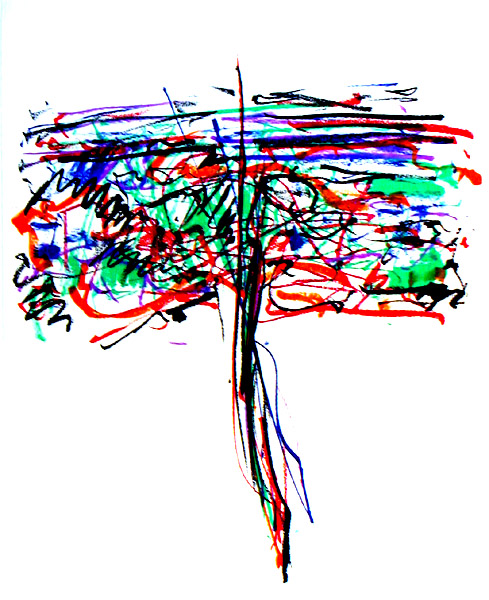
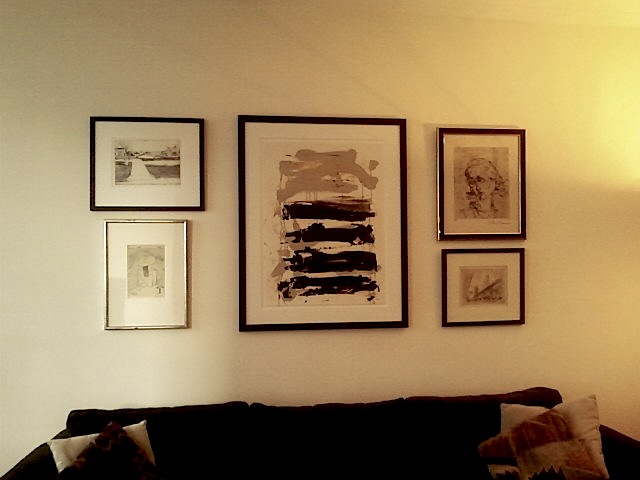
The bold, almost violent horizontal swipes of “Champs (Black, Gray, and Yellow)” make it the center of attention on the wall where it hangs, and the quieter prints by Milton Avery, Richard Diebenkorn, Hans Hofmann, and John Marin that orbit tightly around it serve as a fetching complement to Mitchell’s dynamism.
It never occurred to me that “Champs (Black, Gray, and Yellow)” would in time serve as a kind of memorial to my beloved Hilary, but that is what it has become, and every time I look at the couch on which she spent so much of the last couple of years of her life, I see it hanging just to the left of where she always sat and…well, I remember her with longing and love.
From 2010:
Read the whole thing here.A friend on the West Coast sent me an e-mail the other day that ended, “Give me a call. We never talk.” When I read this, it struck me that the only people I call simply to talk nowadays are Mrs. T (when we’re in different places), my mother, my brother, and Our Girl in Chicago. I communicate with the rest of the world via e-mail or some other form of direct messaging, and I can’t remember the last time that I sent a purely personal letter for any reason other than condolence or to say thanks for a gift or service of some kind….
“What greater thing is there for two human souls, than to feel that they are joined for life—to strengthen each other in all labour, to rest on each other in all sorrow, to minister to each other in all pain, to be one with each other in silent unspeakable memories at the moment of the last parting?”
George Eliot, Adam Bede
Jason Robards talks about Eugene O’Neill. Robards appeared in the original stage production of Long Day’s Journey Into Night and the 1956 New York revival of The Iceman Cometh:
(This is the latest in a series of arts- and history-related videos that appear in this space each Monday, Wednesday, and Friday)
An ArtsJournal Blog